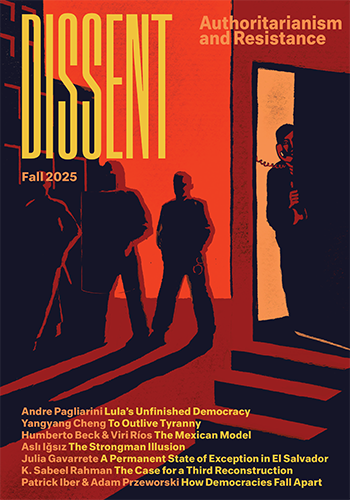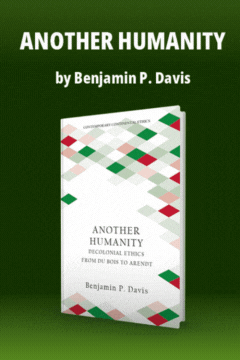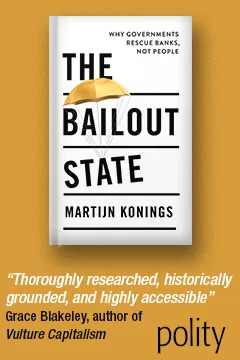At the Super Bowl, Two Teams with One Union
At the Super Bowl, Two Teams with One Union
Sam Schube: At the Super Bowl, Two Teams with One Union
When the National Football League?s players and owners found themselves in a labor stalemate in the spring and summer of 2011, fans grew frustrated. The possibility of a season lost over a dispute between ?millionaires and billionaires,? as some referred to the two sides, seemed unbearable. But while some would dismiss the players as well-paid pituitary cases, the player-owner relationship remains hugely unbalanced. Football players work under unimaginable conditions and are afforded inadequate physical and economic protection. The average NFL player makes nearly $2 million a year, but this number is inflated by the massive contracts given to stars like Tom Brady and Eli Manning, who will meet on Sunday. The median salary is a humbler $770,000, careers typically last just three-and-a-half years, and nearly all contracts are non-guaranteed, making players the equivalent of freelance workers. League owners imposed the lock-out last year in an attempt to increase the season?s length, and to double the amount of money that owners skim off the top of the league?s total revenues (around $9 billion) to cover ?operating expenses? before splitting income with players at a negotiated percentage. From this angle, comparing NFL players to non-athletic workers seems, if exaggerated, at least a bit less implausible.
It is heartening, then, to see the NFL Players Association taking a stand against the ?right to work? bill moving through the Indiana legislature, with the backing of Republican Governor Mitch Daniels. As Indianapolis prepares to host the Super Bowl this weekend, the NFLPA is reaffirming its ties to organized labor, and shedding light on the league?s sketchy, union-unfriendly business practices.
DeMaurice Smith, head of the NFLPA, drew the parallel in an interview this week as he prepared to mount a union campaign against the bill in Indiana, which would allow workers to choose not to pay union dues in unionized workplaces. ?It?s important that our young men understand that they are just like every man and woman in America who works for a living,? he insisted. Union solidarity was, after all, key to the NFLPA?s qualified success in resolving the lockout. As Smith wrote in an op-ed in the Indianapolis Star, locked-out NFL stars ?learned lessons that most older American workers learned decades ago.?
This is not the first time football players have supported a union cause. Before the flashy 2010 season opener (the Dave Mathews Band and Taylor Swift gave pre-game performances), members of the New Orleans Saints and Minnesota Vikings stood together, anticipating an eventual lockout, and held their index fingers aloft in a display of player solidarity. More recently, former and current members of the Green Bay Packers contributed to protests last February against Wisconsin Governor Scott Walker?s attempt to deny public workers their collective bargaining rights. It was an admirable gesture, and one made almost poetic by the fact that the Packers are the only publicly owned franchise in American sports. In 1961, the NFL decided to ban this not-for-profit model. The league?s thirty-one other owners (mostly individuals, but also a few family and joint operations) now share the $5 billion the league charges the major networks and ESPN to carry its games.
The league?s sustaining irony?that while players compete, brutally, on the field, the owners set the prices, refrain from direct competition, and receive equally lucrative shares of television revenue?disappears under the bang and glamour of fall Sundays. That irony, though, is not lost on the players: the NFL?s focus on profitability jeopardizes player health. While evidence piles up that even the most basic football actions can cause brain damage, the league has simply increased fines on players who issue big hits. Now, though, labor is speaking up; a handful of players have filed lawsuits against the league, one of which alleges that the NFL willfully ignored such evidence.
All the while, the league ignores the better alternative presented by the Packers. Running teams as nonprofits would be a blow to the ownership cartel, and might lead to the league?s biggest asset?its players?being treated more fairly. That might be a pipe dream, but the NFLPA?s affirmation of organized labor is a step in the right direction. As the NFL moves in on Indianapolis (where the league, unsurprisingly, got the far better end of a deal with the city), its players are speaking up.
Sam Schube is an intern at Dissent.
Photo: Lucas Oil Stadium in Indianapolis (by bnpositive, 2008 via Flickr creative commons)






